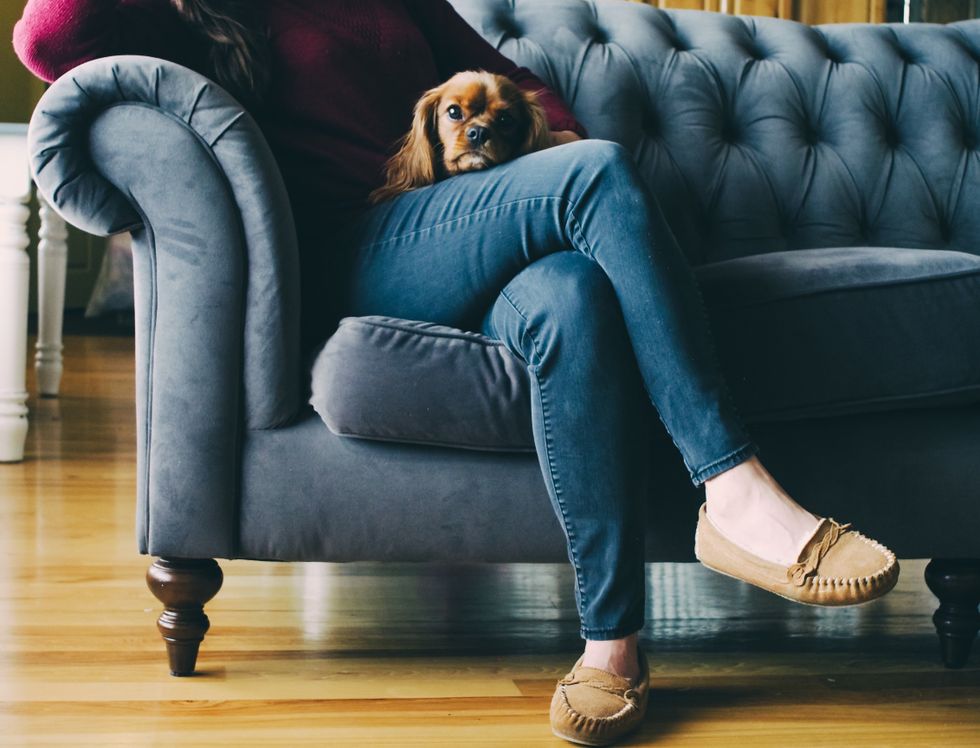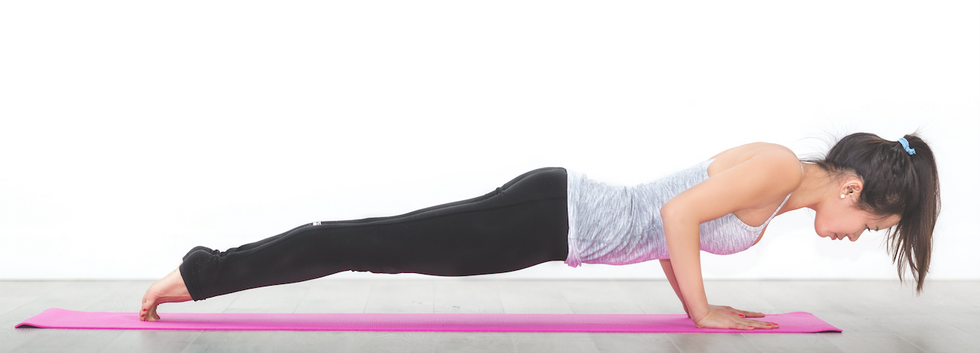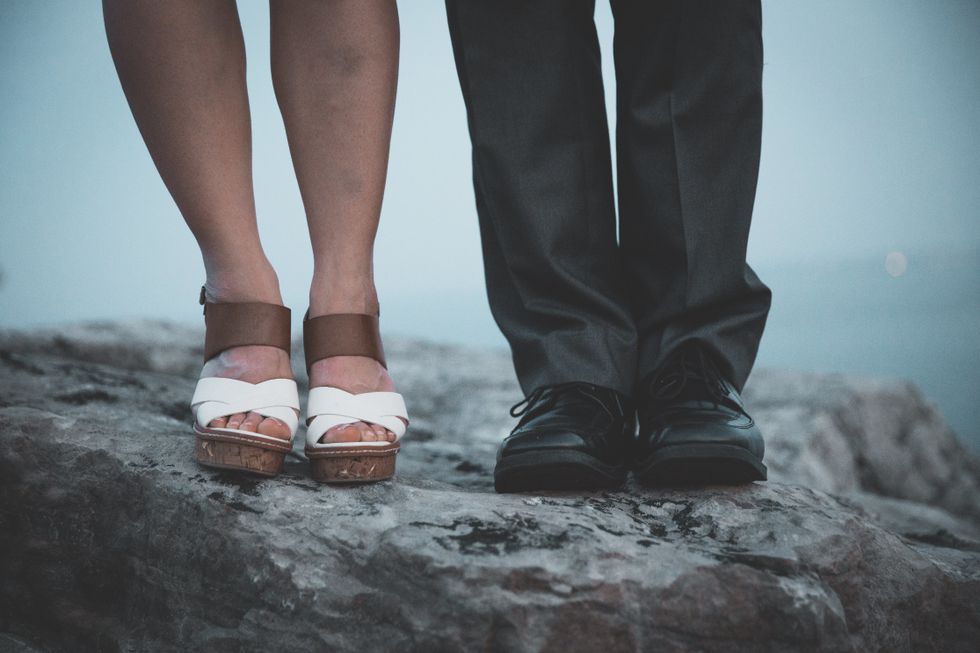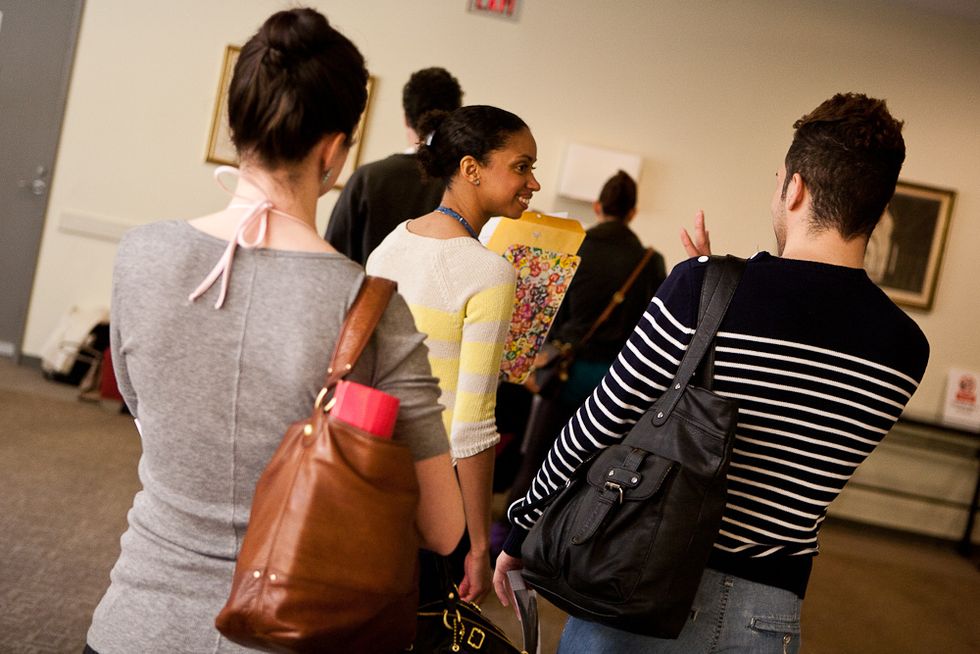5 Things You're Doing Outside The Studio That Could Hurt Your Dancing
In the studio, dancers obsess over proper form to mitigate the risk of injury. In the rest of our lives, however, we rarely examine our alignment in the same way.
But our downtime habits can directly impact our bodies and, if left unchecked, could cause problems over time. A few simple adjustments might save you from an injury waiting to happen.
Bad Habit: Sitting Slumped Over a Screen
Many of us decompress after a long day by curling up with our phone or laptop. But staring down at a screen for extended periods of time is one of the worst things we do to our bodies, says Sean Gallagher, longtime physical therapist for Paul Taylor Dance Company.
“If you look at the foundational issues of most orthopedic problems, 9 times out of 10, it’s because of how we sit.” We tend to let go of our postural support and strength—maybe sitting on one hip and folding our legs under—and let our head drop forward. That can lead to a neck spasm or overstretching of the muscles around your shoulder blades, says Heather Southwick, director of physical therapy at Boston Ballet.
What you should do instead:
Vary your seated positions, says Southwick. Minimize your time sitting in any one position.

Change up your positions when relaxing on the couch. Photo by Andrew Brand/StockSnap
Bad Habit: Stretching Cold Muscles at Home
Years ago, dancers were told to sit in the splits while watching TV. Even today, social media sometimes encourages it. But holding stretches when you’re cold can damage muscle fibers.
“A lot of good scientific research says static stretching actually reduces the power and strength of a muscle,” adds Southwick.
What you should do instead:
If you’re keen on putting TV time to use, try foam rolling or dynamic stretches. Save static stretching for after dancing. Before class, continuously move through your range of motion for a dynamic warm-up, suggests Southwick.

Using TV time to foam roll is healthier than stretching when you’re cold. Photo by Thinkstock
Bad Habit: Walking Turned out
Ballet dancers work tirelessly in turnout. But too often, they maintain that rotation in daily life, creating a dangerous imbalance of strength in the hips. Master ballet instructor Kat Wildish explains, “If you don’t return to parallel, then all you have is the stretch across the joint.”
Over time, the body may try to compensate for that instability by overworking other muscles, while faulty hip alignment will create additional stress on the knees and ankles.
What you should do instead:
Actively practice muscle engagement while standing in parallel, waking up the insides of your legs. Wildish suggests exercises, like yoga, that emphasize parallel position, so your muscles develop equally.

Yoga can strengthen your internal rotator muscles. Photo by Matthew Henry/StockSnap
Bad Habit: Wearing Flip-Flops
When we leave the studio in flip-flops, we naturally grip our toes in an effort to keep the shoes on—a problem that can lead to shin splints. And without arch support, we’re likely to roll in, putting pressure on the tendons along the inside of the ankle, says Southwick. This can change the alignment of our knees and hips, and even affect the spine.
What you should do instead:
Choose footwear that provides arch support and room for the toes to stay long and wide. “And remember,” says Southwick, “if your Achilles tendon is tight, wearing heels will help keep it tight.”
When shopping for shoes, try Wildish’s trick: Put them on and go into a deep grand plié. If you can keep your toes wide and long—and maintain the length of your Achilles tendon—you’re on the right track.

Choose sandals with arch support. Photo by Brodie Vissers/StockSnap
Bad Habit: Lugging Around a Heavy Dance Bag
Carrying excessive weight on one side of the body can give you what therapists call functional scoliosis. “The muscle and joint imbalances, over the years, can cause alignment and skeletal injuries,” says Gallagher. A heavy bag can also adversely affect your gait, which could contribute to having a “weaker side” when dancing.
What you should do instead:
Clean out your bag! Only keep what you really need. Invest in a fanny pack, or a rolling suitcase or a backpack with both straps evenly adjusted to distribute the weight.
If you’re intent on using a single-strap bag, Gallagher says you should at least alternate shoulders.

Don’t let a heavy dance bag weigh you down on one side. Photo by Matthew Murphy for Pointe.




